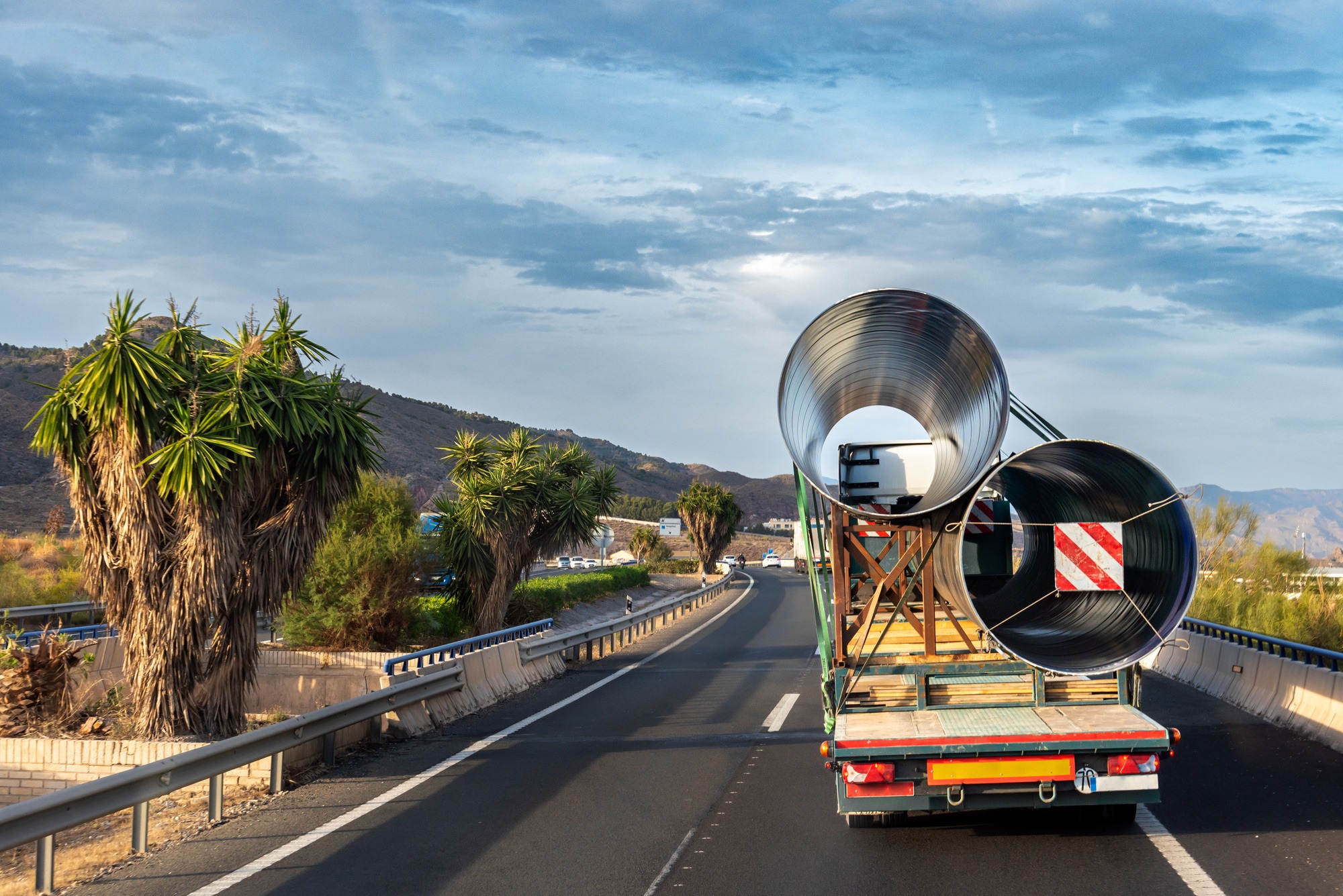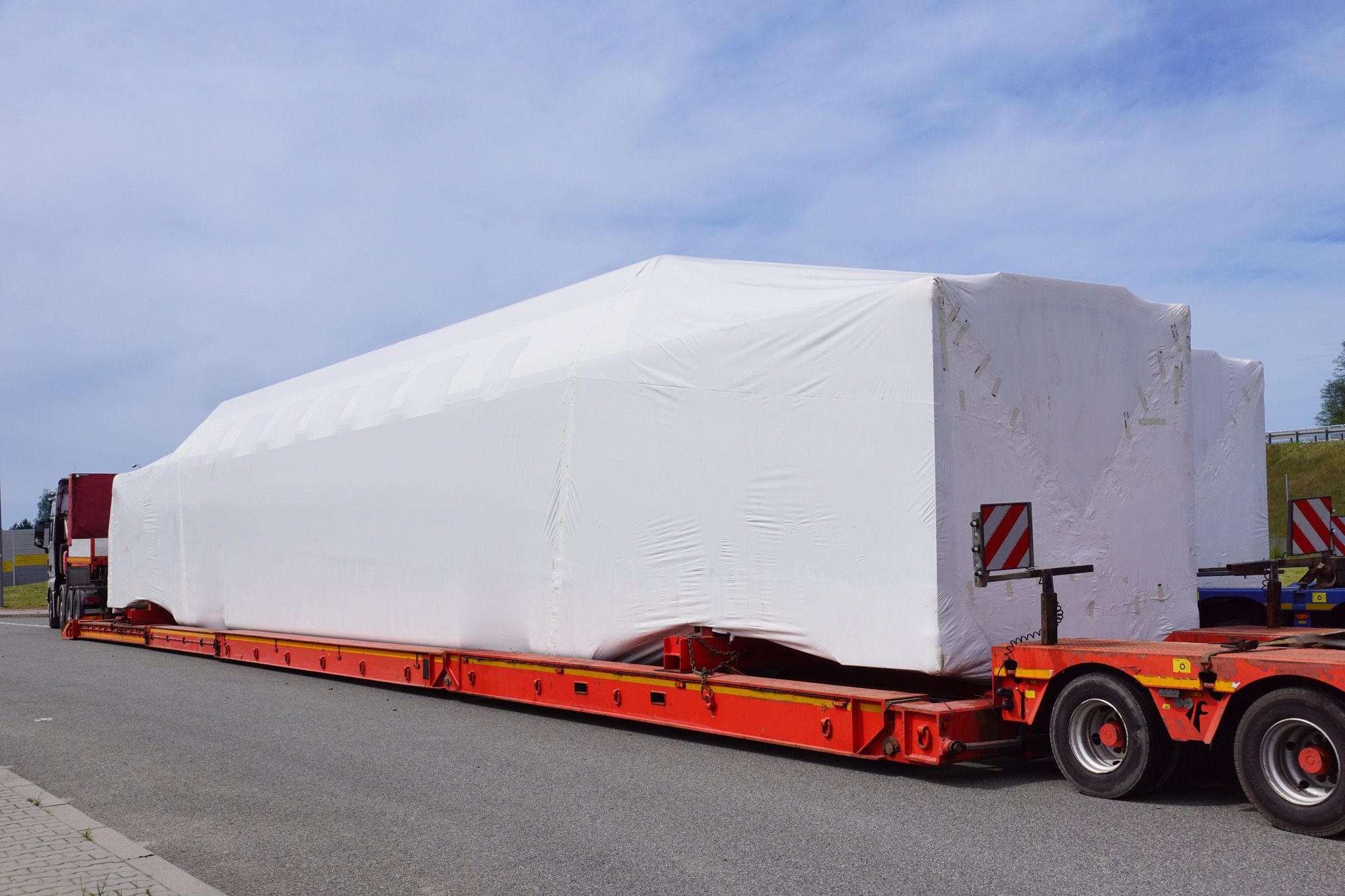In logistics, one thing can cause a lot of apprehensions: oversize freight. Shipping large, heavy items presents unique challenges to drivers and businesses alike. However, with proper planning, the process can be smooth and straightforward.
Oversize freight is essentially any load that exceeds the standard legal size set by state, federal, or local authorities. It typically includes tall, long, or wide goods that cannot be reduced into smaller parts. Construction equipment, large machinery, or wind turbine blades often fall into this category.
In this quick guide to oversize freight transport, we’ll share key considerations when transporting such cargo.
Understand The Regulations
Regulations for oversize freight vary significantly from region to region. For example, each state has rules regarding maximum dimensions and weight in the United States. Additionally, travel times can often be restricted to daylight hours for safety reasons, while some regions prohibit travel during peak traffic hours or on certain days.
Violating these regulations can result in fines, delays, and other penalties, so it’s essential to research the rules in all jurisdictions your shipment will pass through. For instance, if you’re shipping a massive piece of construction machinery from Texas to Colorado, you’ll need to familiarize yourself with the regulations in both states and any states in between. The same applies to transporting goods across different borders or localities.
Proper Packaging And Loading
Ensuring your freight cargo stays well packaged and loaded is a fundamental aspect of oversize freight transport. It could involve using heavy-duty tarpaulins to shield large machinery from potential weather damage. When dealing with oddly shaped items, the situation may call for proper solutions like custom-built cradles or supports. These solutions are implemented by logistics experts like Titan Worldwide and others to maintain stability during transport.
The distribution of weight is another critical factor to consider. Improperly balancing your load can compromise vehicle control, increasing the risk of accidents and damage. For example, if the cargo is a large sculpture, it necessitates secure cradling in the middle of the trailer. This placement ensures even weight distribution and curtails the possibility of load shifting during transit.
This meticulous approach to load balance is another area where experienced freight companies can bring significant expertise.
Choose The Right Equipment
Your cargo’s dimensions and weight will determine the type of vehicle you need. A standard flatbed truck can handle most oversized loads, but extremely long or wide items might require a specialized trailer.
For example, if you’re shipping a large yacht, you might need a lowboy trailer with a depressed center section to provide extra overhead clearance.
Plan Your Route Accordingly
Oversized loads can’t always take the most direct route. Road widths, bridge clearances, weight limits, and even the sharpness of the corners are vital factors to consider. For instance, a course with a narrow tunnel or low-hanging footbridges might not be feasible for a wide load.
Additionally, traffic patterns are vital, as transporting an oversized load through a crowded urban area during rush hour is not ideal. GPS technology and local road knowledge can help identify the safest, most efficient route for your cargo.
Planning a route ensures safety, efficiency, compliance, and cost-effectiveness. It helps reduce the risk of accidents, saves time and money, and ensures you meet all the necessary transport regulations and requirements.
Get The Right Permits
Securing the necessary permits can be one of the most time-consuming aspects of shipping oversized freight. Each jurisdiction your shipment passes through will likely require a permit, each with its application process and fees.
For example, if your load is exceptionally tall, you may need to coordinate with utility companies to lift power lines along the route, requiring additional permits and coordination.
To that end, you need to plan. Research the routes you’re going to use. Find out about the region’s regulations, the required permits, and how much you’ll spend. That way, you’ll likely transport the oversize freight from one place to another without hassle from the authorities. It will save you time and money from fines or other measures you may not have envisioned.
Consider Hiring A Professional Freight Company
Shipping oversized loads involves significant logistical challenges and regulatory knowledge. Working with a professional freight company can take much of this burden off your shoulders. These companies have experience handling the technical aspects of loading and transporting large items, securing permits, and navigating regulatory requirements.
For example, if you’re a wind energy company looking to transport turbine blades, a specialized freight company could handle the entire process, ensuring that your blades arrive safely and on time at their destination.
Transport Now
Transporting oversized freight might seem intimidating initially, but it’s a manageable undertaking when proper preparation is involved. Combining the strategic insights this guide shares with others you’ll encounter in your research may set you up for successful and efficient oversized freight transport. Also, consider incorporating logistics experts to guide you on the most appropriate way to move oversize goods.


